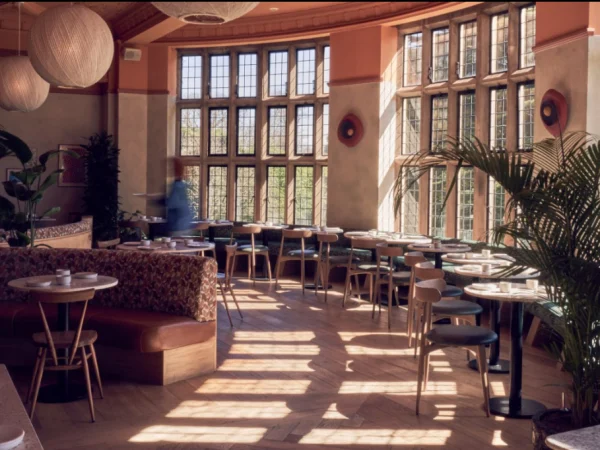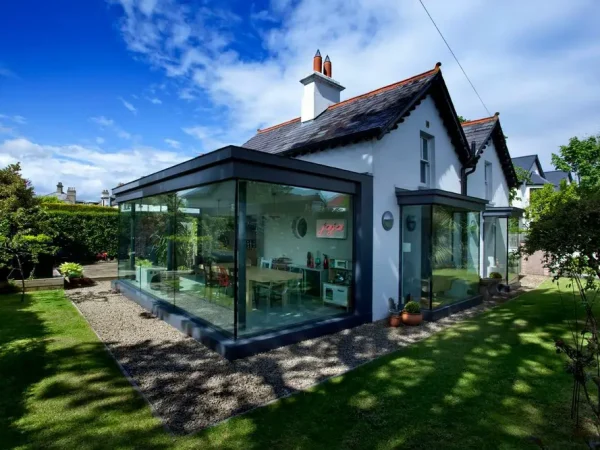Timeless Elegance: Unveiling the Architectural Marvels of the UK

The United Kingdom stands as a living testament to centuries of architectural innovation and artistic expression. From ancient castles that echo with tales of knights and kings to sleek contemporary structures that push the boundaries of design, the UK’s architectural marvels offer a captivating journey through time. In this exploration, we delve into the rich tapestry of architectural styles and landmarks that define the nation’s timeless elegance.
An Architectural Tapestry
Historic Castles and Palaces:
The UK’s architectural journey begins with its medieval castles and palaces, each revealing a different chapter in the nation’s history. The Tower of London, a UNESCO World Heritage Site, is both a fortress and a palace, narrating stories of royal power and intrigue. Windsor Castle, the oldest continuously inhabited castle in the world, exudes regal grandeur.
Gothic Splendor:
The Gothic architectural style has left an indelible mark on the UK’s landscape. The grandeur of Westminster Abbey and the intricate details of York Minster showcase the soaring arches, pointed spires, and intricate stonework that define this style. The grace and solemnity of Gothic cathedrals evoke a sense of reverence and awe.
Stately Homes and Manor Houses:
The UK’s stately homes and manor houses offer a glimpse into the lives of the aristocracy. Chatsworth House, nestled in the heart of the Derbyshire countryside, boasts opulent interiors and stunning gardens. Blenheim Palace, a UNESCO World Heritage Site, is a masterpiece of Baroque architecture and the birthplace of Sir Winston Churchill.
Georgian Elegance:
The Georgian era left a lasting architectural legacy in the form of elegant townhouses and terraces. Bath, a UNESCO World Heritage Site, is known for its Georgian architecture and Roman baths. The Royal Crescent, with its sweeping curve of terraced houses, exemplifies the symmetry and grace of this period.
Modern and Contemporary Statements:
The UK’s architectural journey is not confined to the past. Contemporary structures like The Shard in London, designed by Renzo Piano, pierce the skyline with their sleek and innovative designs. The Sage Gateshead, a concert hall in the North East, showcases modernist lines and reflects the nation’s commitment to artistic expression.
A Mosaic of Styles
Victorian Richness:
The Victorian era introduced a blend of styles, from the ornate High Victorian Gothic to the elegant Italianate. The Houses of Parliament, with the iconic Big Ben clock tower, are quintessential examples of this period’s architectural diversity.
Art Deco Flourishes:
The 20th century brought the glamour of Art Deco to the UK’s architectural landscape. The Hoover Building in London and the Philharmonic Dining Rooms in Liverpool are notable examples of this style, characterized by geometric patterns and bold, sleek lines.
Industrial Heritage:
The industrial revolution left its mark on architecture as well. The Albert Dock in Liverpool, once a bustling hub of maritime commerce, has been transformed into a vibrant cultural center while preserving its industrial architecture.
Preserving the Past, Shaping the Future
The preservation of architectural heritage is a cornerstone of the UK’s commitment to history and culture. Conservation efforts, restoration projects, and adaptive reuse initiatives ensure that these architectural treasures continue to inspire and educate.
Heritage Conservation:
Organizations like English Heritage and the National Trust play vital roles in conserving historic buildings and sites. Their meticulous efforts ensure that these structures are preserved for future generations to appreciate.
Architectural Innovations:
Alongside preservation, the UK continues to embrace architectural innovation. Projects like the Tate Modern’s extension, known as the Switch House, seamlessly integrate modern design with the existing structure, creating a harmonious dialogue between old and new.
Sustainable Architecture:
In an age of environmental awareness, sustainable architecture takes center stage. The Eden Project in Cornwall is a prime example, featuring biomes that house different ecosystems while showcasing sustainable building techniques.
FAQs About the UK’s Architectural Marvels
Are these architectural marvels open to the public
Many of the UK’s architectural landmarks are open to the public. While some, like Buckingham Palace, have limited access, others, such as Windsor Castle and Westminster Abbey, offer guided tours and exhibitions.
Can I visit the UK’s modern architectural landmarks?
Yes, many modern architectural marvels are open to the public. Structures like The Shard often have observation decks that offer stunning panoramic views of the city.
Are there specific regions known for their architectural heritage?
Yes, certain regions are renowned for their architectural diversity. London, Bath, Edinburgh, and Oxford are just a few examples of cities with a rich array of architectural styles and landmarks.
Can I study architecture in the UK?
Absolutely. The UK boasts several prestigious universities with renowned architecture programs. Universities like the University of Cambridge, University College London, and the University of Edinburgh offer comprehensive architecture courses.
A Journey Through Time and Design
The UK’s architectural marvels stand as living witnesses to the nation’s evolution, culture, and creativity. From medieval fortresses to contemporary skyscrapers, each structure weaves a unique story, connecting the past to the present. Whether you’re an architecture enthusiast, a history buff, or simply a curious traveler, exploring the UK’s architectural treasures promises a voyage through time, design, and the indomitable spirit of human creativity.
Also Read: Exploring the Enchanting Landscapes: A Journey Through the UK’s Natural Beauty








